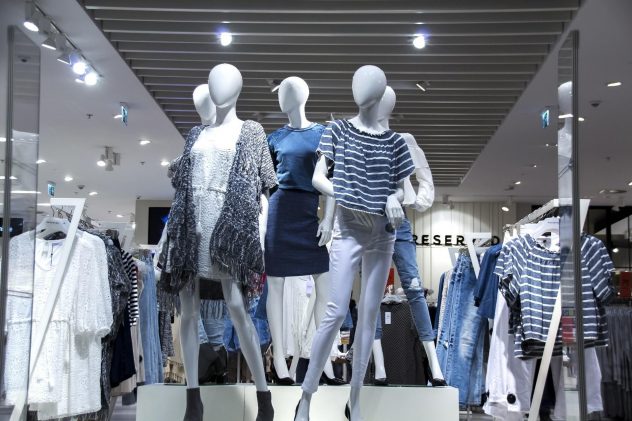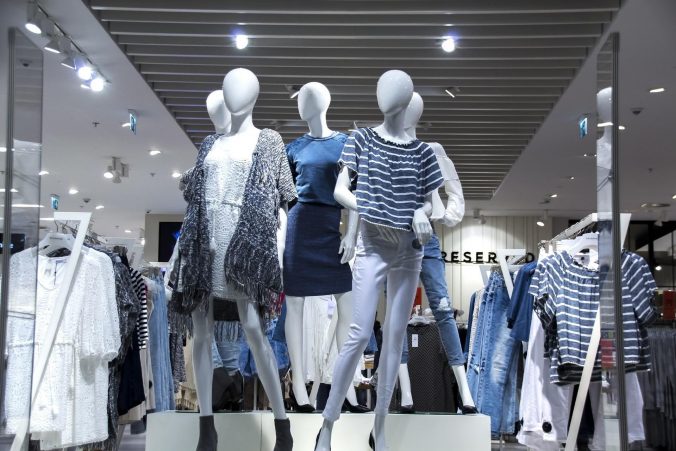Fast fashion is a major contributor to plastic pollution and environmental damage. Melissa Pearson explores seven simple ways you can play your part in reducing this damage.

Conscious Clothing?
A recent report published in Nature suggests that the environmental impact of fast fashion is widespread: the industry produces 8-10% of global CO2 emissions – that’s up to 5 billion tonnes – a year. It’s also a major contributor to microplastic pollution in our oceans.
The UK charity Clothes Aid meanwhile reports that £140 million worth of used but still wearable clothing goes to landfill every year in Britain.
In the face of such grave statistics, change can seem impossible. But there are things each of us can do.
1. Educate yourself
Avoid fast fashion brands as much as possible. But how can you tell if a brand is fast fashion?
- It has lots of on-trend products for different occasions, often with new lines added weekly. Cleanclothes. org has found that 100 billion items of clothing are made each year – that’s 14 items for every person on the planet.
- It’s cheap. Fast fashion is often made from non-biodegradable materials such as polyester, which stays in landfill potentially for centuries, and elastane, which releases harmful microplastics into the environment and our water supplies.
- Fast fashion tends to be manufactured in countries that offer a low or no minimum wage. Cleanclothes. org found that 93% of surveyed brands aren’t paying workers a living wage.
2. Switch up your shopping habits
Shopping can be fun but trying to cut down on buying clothes when you don’t need them is a great way to begin cutting out fast fashion for good. It helps you save money, too. Before you buy, ask yourself if you really need it.
3. Buy sustainable fashion
Sustainable brands tend to be more expensive but often last longer. If you can’t afford sustainable fashion, then following the other steps will help.
4. Shop second-hand
When avoiding fast-fashion, second-hand clothes are your best friend. If everyone bought one used item in a year, it would save 449 million pounds of waste – equivalent to the weight of a million polar bears.
eBay, Vinted and Depop are popular places to buy and sell second-hand clothes – and to look for something specific. If you enjoy clothes shopping in general, charity shops and vintage fairs are a great alternative to high street shopping.
5. Care for your clothes
According to Traid.org, extending the life of a garment by an extra nine months reduces its environmental impact by up to 30%. Pay attention to how to wash and dry your clothes to make them last longer. And if something needs a small repair, don’t throw it away – fix it yourself. The internet will show you how.
6. Follow the experts
To learn more about how to avoid fast fashion, these are all good places to start: Fashionchecker.org, Cleanclothes.org, and Aja Barber and Labour Behind the Label on Instagram.
7. Spread the word
Once you have educated yourself and found ways to avoid fast fashion that work for you – tell your friends and family. By helping them to change their habits you’ll be increasing the ripple effect of your good deeds.
About the author:
Melissa Pearson took City’s Introduction to Copywriting Course taught by Maggie Richards. She is a History graduate hoping to pursue a career in copywriting.
For more about our short writing courses, visit City’s website.


Recent Comments